National Trust admits many buildings have links to slavery
- Published
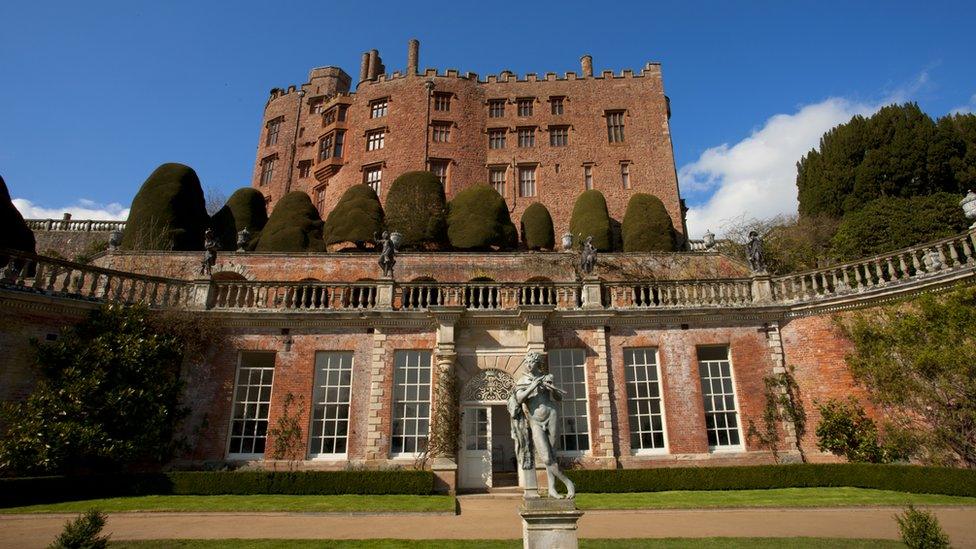
Powis Castle in Wales was listed in the report, it had connections to the East India Company which invaded and conquered India in the 17th century
The National Trust has released a report that shows over 90 of the properties it looks after have links to slavery and British colonialism.
A report was commissioned by the heritage charity earlier this year to look into the full history of its properties.
Lots were found to be linked, in different ways, to slavery and colonialism.
Some were built or rebuilt using money made from slavery, or were owned by slave traders and people who directly benefited from the trade.
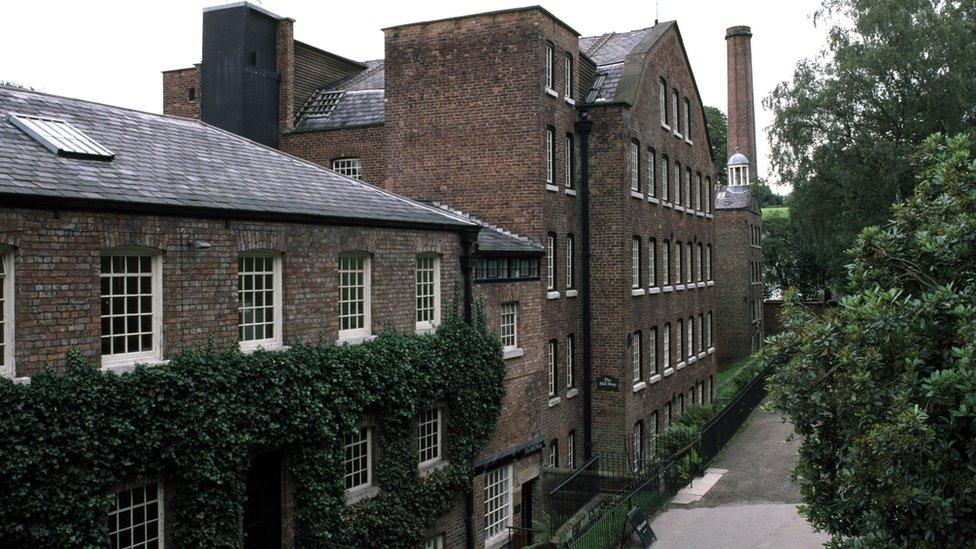
Quarry Bank Mill in Cheshire was directly linked to British colonies and slavery though the cotton trade
Even Winston Churchill's own home, Chartwell, was included in the report.
Powis Castle in Wales was mentioned along with other buildings, like Quarry Bank Mill in Cheshire.
But a number of properties were mentioned which were owned by people who worked hard to end slavery as well.
Researchers looked at lots of the National Trust's own records as well as outside sources like the Legacies of British Slave-ownership project run by University College London.
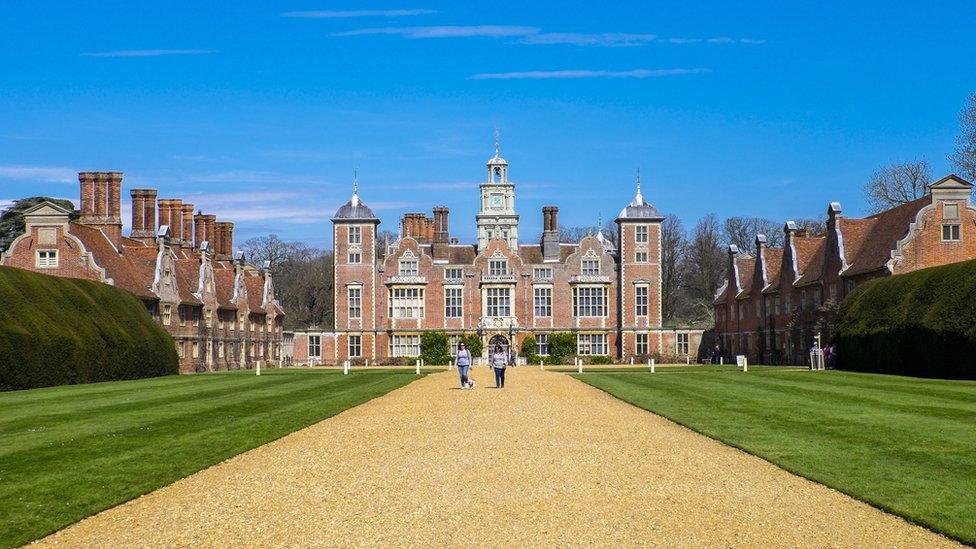
Clandon Park in Surrey had links to the slave trade and also links to money made from plantations
The National Trust says it isn't surprised by the findings as many deep links to the slave trade were known before the report.
Dr Tarnya Cooper, the National Trust's curatorial and collections director said: "Colonialism and slavery were central to the national economy from the 17th to the 19th centuries."
She also said it was the Trust's job to research and share with people the full information about its properties.
We're not making judgements about the past, what we're trying to do is reflect as accurately and comprehensively as we can the histories across a variety of places."
This is the fullest report that has ever been done of its kind, but the National Trust said even more research was planned to shine a light on this aspect of history.
- Published22 August 2019
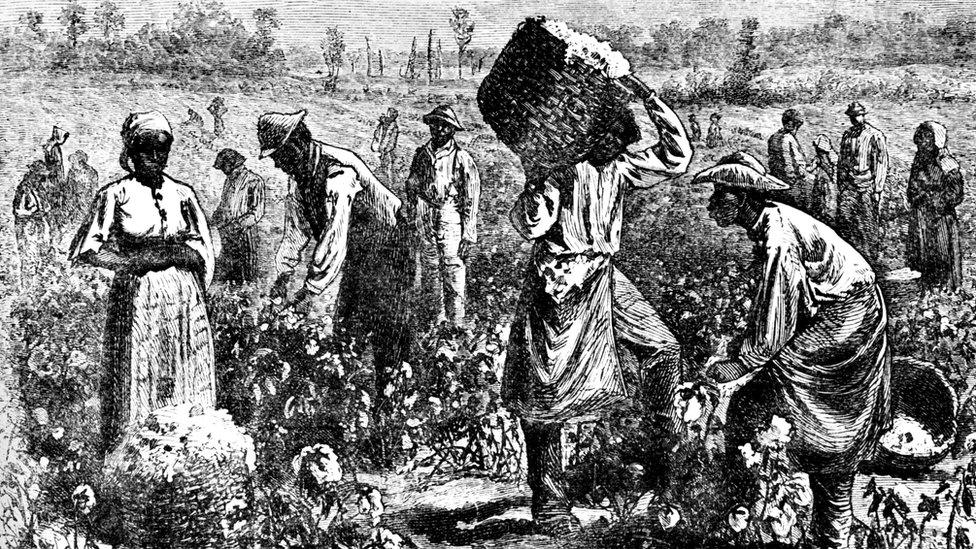
- Published21 August 2020
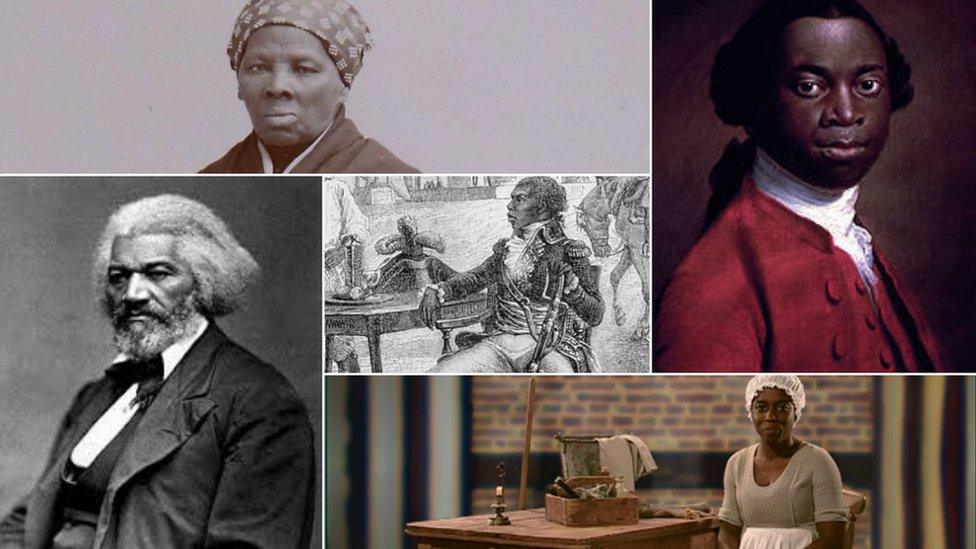
- Published21 August 2020
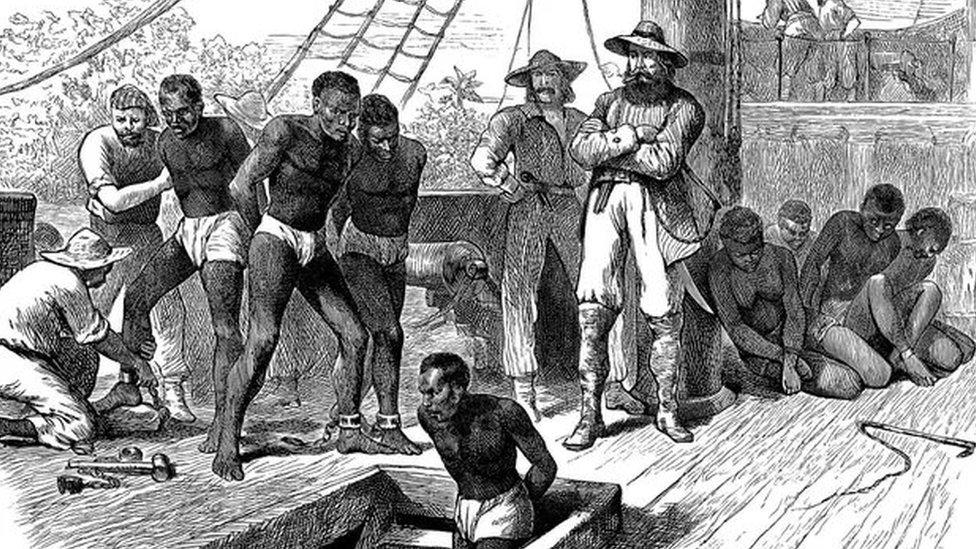
- Published9 June 2020

